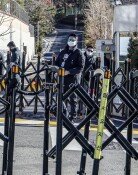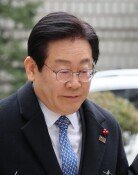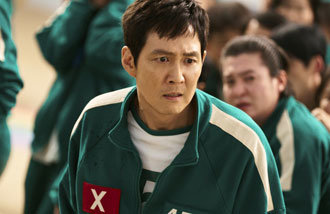Asking Koreas future in Hawaii
I attended a futurology workshop at the University of Hawaii for three weeks. On the last day in Hawaii, I spent time on a rocking chair on a balcony in the lobby facing the street at Moana Surfrider Hotel off the Waikiki Beach. I heard jazz from the inside of the lobby, and all the people walked in front of me because the access was made from the side to the center. I read books, watched people, and sometimes dozed. That was how I spent the last hours in Hawaii.
In the graduation dinner of the workshop, John Sweeney, a professor of Kapiolani Community College in Honolulu, said that when his parents arrived there in the 1970s, there were only two hotels on the Waikiki Beach pink Royal Hawaiian Hotel and white Moana Surfrider Hotel. All hotels in Waikiki are open to outsiders. The openness is, however, different. Royal Hawaiian Hotel makes outsiders difficult to pass by. Other hotels built later such as Sheraton Waikiki and Hilton Hawaiian also made it inconvenient for outsiders to pass. Moana Surfrider was the only one with a true open structure that attracts the liveliness of the street to the hotel and delivers it to the beach.
No one gave me a look while I, who was not a hotel guest, was sitting in one of a few rocking chairs in the balcony of the lobby for half a day. I ordered a glass of wine at 10 dollars. It was worth it because it tasted better than 40,000-won (35.8-dollar) wine I had in Korea. A jazz pianist in the lobby made playful eyes at passing women and turned his face to ask every guest going up the stairs where he or she comes from. This is part of old Waikiki.
It must be the best place to look around people. I saw many newly-weds who look a little older as if this reflects the global trend of marrying late, retired couples, young surfers, and middle-aged women who seemed to have fun like the musical Mamma Mia! Most of all, it was notable that there were as many Asian tourists as Western counterparts. Tourists were not alone. The Hawaiian population consists of more Asians (38.6 percent) than Caucasians (24.7 percent). If Caucasians, African-Americans, and Hispanics are combined, the number would match up to Asians. Mixed-bloods are up to 23.6 percent.
It is hard to say who is a mainstream ethnically and culturally between Westerners and Asians. Wherever one goes, one can easily find Asians. This also applies to the political and business community in Hawaii. Those who work at a store or a restaurant are confident. Different elements of the East and the West are mixed creatively. All cuisines are put in Japanese bento. Korean Galbi is also on the menu along with steak and Hawaiian original homemade fast food, loco moco. Asian women are as active as western counterparts. It is not uncommon to see young women surfing alone in deep sea on a surfing board taller than they are, and middle-aged women practicing triathlon swimming on the beach.
As a correspondent in France, I had witnessed conflicts between Caucasians and the North African immigrants. North African immigrants did not have pride in themselves and expressed their anger with violence. The eastern and southern U.S. still have conflicts between Caucasians and minorities. The gap narrows down in the west of North America such as Los Angeles and Vancouver. In Hawaii, eventually, one can find sort of fusion.
This century will be the era of Asia largely thanks to China. More Westerners, Central Asians, and Africans will flock to China and its neighboring countries such as Korea and Japan. Is Korea ready to be confident and open itself up without despising others? I had to ask this question on the last day of my stay in Hawaii where I studyed future.







